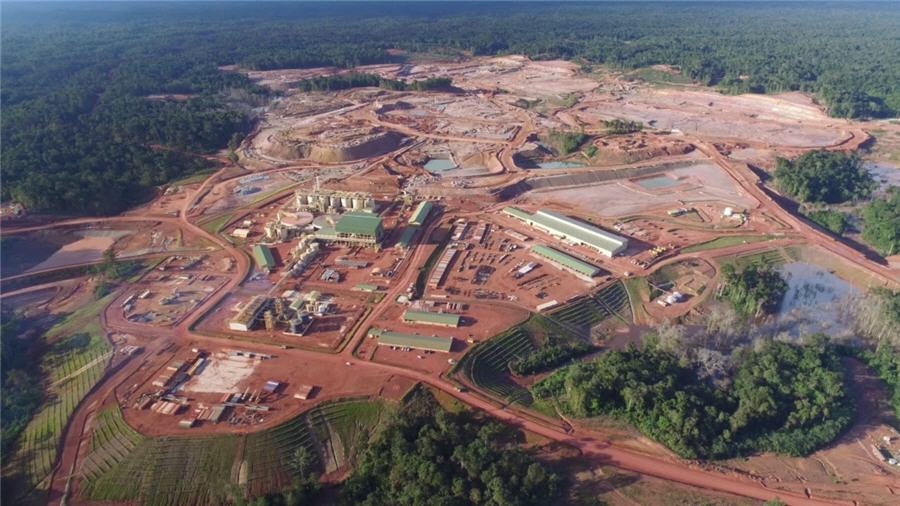MMG to shut down operations at Las Bambas copper mine by mid-December

Chinese miner MMG (HKG: 1208) will end copper production from its Las Bambas mine in Peru by mid-December following months-long road blockades that have prevented essential supplies from reaching the operation.
The company, a unit of state-owned China Minmetals, said that despite holding meetings with residents of the Chumbivilcas community, it was unable to reach an agreement with them due to what it qualified as “excessive commercial demands.”
At issue is a dirt road that Las Bambas uses to transport the copper from its mine to a sea port. Communities along the road asked for more logistics transport contracts, financial compensation for the land used to build the mining road and actions to reduce alleged damage to their crops caused by the large number of trucks on the road every day.
They also wanted to set a fund with 8% of the mine’s annual profits to finance productive and social development projects, while the company offered financing for individual social projects.
MMG believes it’s the government’s responsibility to pave the route, but a long-term solution would be building a separate freight train link. Construction of the railway would take more than five years and cost $9.2 billion, according to Peru’s transport and communications ministry.
400 days lost
Las Bambas, Peru’s fourth-largest copper mine and the world’s ninth, has grappled with on-and-off protests and road blockades since the operation’s 2015-16 ramp-up.
Operations at the mine were disrupted for more than 100 days in 2019, with 70 communities along the 450 km. (280 mile) road to the Port of Matarani demanding action from MMG and the national government over emissions from trucks and reduction of their farmlands.
A three-week-long roadblock protest staged at the end of 2020 prevented MMG from exporting 189,000 tonnes of copper concentrate worth $530 million from the mine.
More interruptions in September this year forced the company to halt operations for a few days. The company agreed in early October to integrate the communities into its value chain, though they are not within the asset’s area of influence.
Overall, operations at Las Bambas have been disrupted for close to 400 days since 2016, according to company estimates.
With production capacity of 400,000 tonnes of copper a year (and significant quantities of gold and silver) or some 2% of the total global primary output, the mine brought in about 69% of MMG’s revenue in 2020.
In July, Las Bambas flagged that production in 2021 was expected in the low end of its 310,00-330,000 tonnes forecast.
Muted market response
With a rosy demand outlook amid the transition to green energy, attention on copper markets has shifted to the supply picture where gaps have opened up. Former Glencore (LON: GLEN) CEO Ivan Glasenberg said in June copper supplies needed to increase by one million tonnes a year until 2050 to meet expected demand.
The Swiss commodities trader and the world’s number four miner was strong-armed into selling Las Bambas to a Chinese consortium in 2014 after Beijing made the disposal conditional to its approval of the Glencore-Xstrata merger. Glencore used the proceeds of the $6.2 billion cash deal to shrink its considerable debt pile at the time.
On Friday prices did not react to the news with futures trading in New York down on the day. March delivery contracts were exchanging hands for $4.28 a pound ($9,435 a tonne) by midday, a decline of 5% compared to the previous Friday. Copper prices hit all-time highs of more than $10,000 a tonne in May this year.
More News
{{ commodity.name }}
{{ post.title }}
{{ post.date }}

Comments